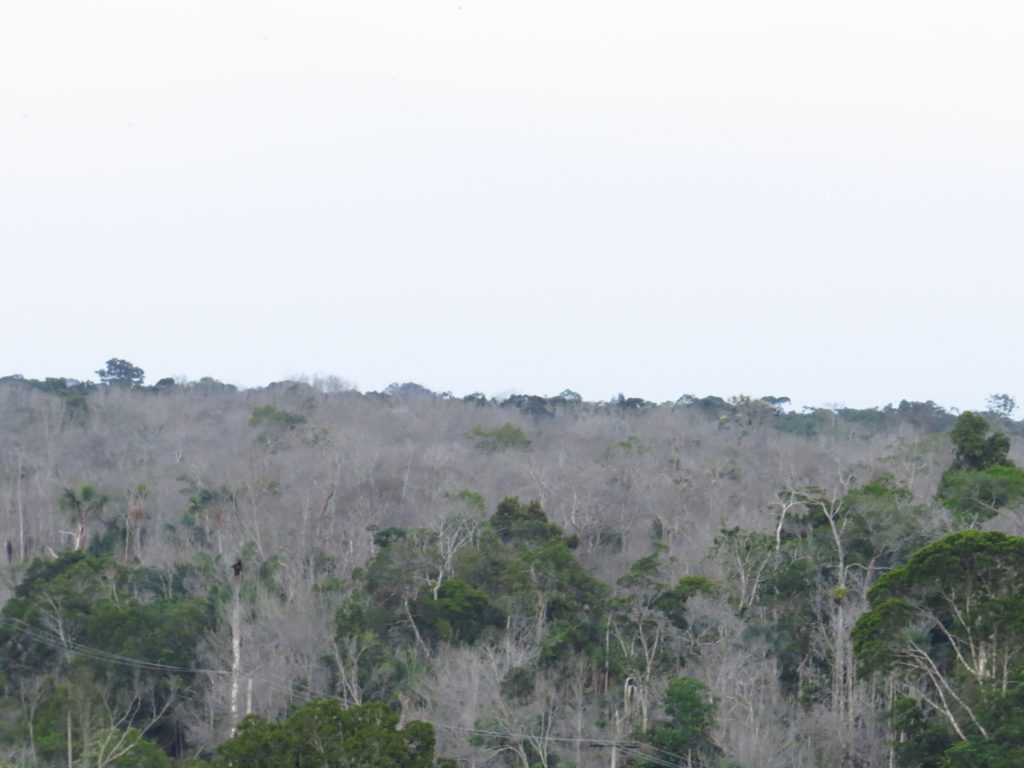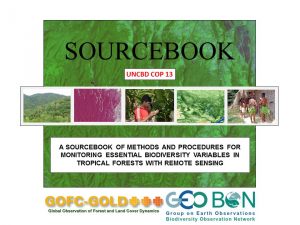Seeing the forest for the trees
Seeing the forest for the trees
Guest blog via Sri Lanka’s Ecosystem Conservation and Management Project ESCAMP; first published on Seeing the forest for the trees – ESCAMP
Forty Forest Department’s and other stakeholders participated in a training
organized and financed by International Union of Forest Research Organizations (IUFRO)
learning best restoration practices of forest landscapes

Spotlight #84 – Task Force probes ‘whys’ behind increased tree mortality
Spotlight #84 – Task Force probes ‘whys’ behind increased tree mortality

Tree mortality appears to be increasing at unprecedented rates.
One may be tempted to think: So what? Trees regenerate. They’ll grow back.
But, for a lot of reasons, it’s not quite that simple.
Read more…IUFRO Spotlight #45 – If you’re ‘remotely’ interested in monitoring biodiversity…

Eds: GOFC-GOLD & GEO BON. Report version UNCBD COP-13, GOFC-GOLD Land Cover Project Office, Wageningen University, The Netherlands.
ISSN: 2542-6729
There is a growing need for better information on how remote sensing data can support biodiversity monitoring in tropical forests. In response to this need a new sourcebook has been published with the aim of informing national and sub-national policy and decisions.
More than 70 authors, several of them from the IUFRO community, contributed to the sourcebook that is targeted at project managers, academic institutions, NGOs, students and researchers, among others, with a background in remote sensing. Read more…
Spotlight #29 – Supersites for Superior Forest Science
Supersites for Superior Forest Science
The initiative for establishing Supersites for forest research is only a few years old.
In these supersites, sophisticated, state-of-the-art instruments are used and a multitude of factors in the ecosystem is to be measured to obtain baseline data. As examples: spectrometers will measure how trees absorb and scatter light; laser scanners will map the forest’s three-dimensional structure; soil, plant and atmospheric sciences will be integrated; and mechanistic and policy-oriented modeling will be part of the concept. Read more…
Spotlight #25 – Mixed species growth predictions made easy – well, easier
Mixed species growth predictions made easy – well, easier

Measuring transpiration by collecting sap flow data from a Eucalyptus globulus tree that is growing in a mixed species plantation with Acacia mearnsii. This will be used to understand the processes driving species interactions in these mixtures. (Photo by David Forrester; Cann River, Australia)
A recent study indicates why it is difficult to predict how mixed-species forests or plantations will grow, but makes those predictions easier by discussing the processes that drive changes over space and time in species interactions.
Since tree species mixtures are regarded as one of the most important approaches to reduce the risks to forests posed by global change, the study’s conclusions will be of interest to forest managers or policy makers using mixed-species forests or plantations.
Entitled The spatial and temporal dynamics of species interactions in mixed-species: From pattern to process, the study is by Dr. David Forrester, Chair of Silviculture, Faculty of Environment and Natural Resources, Freiburg University.
